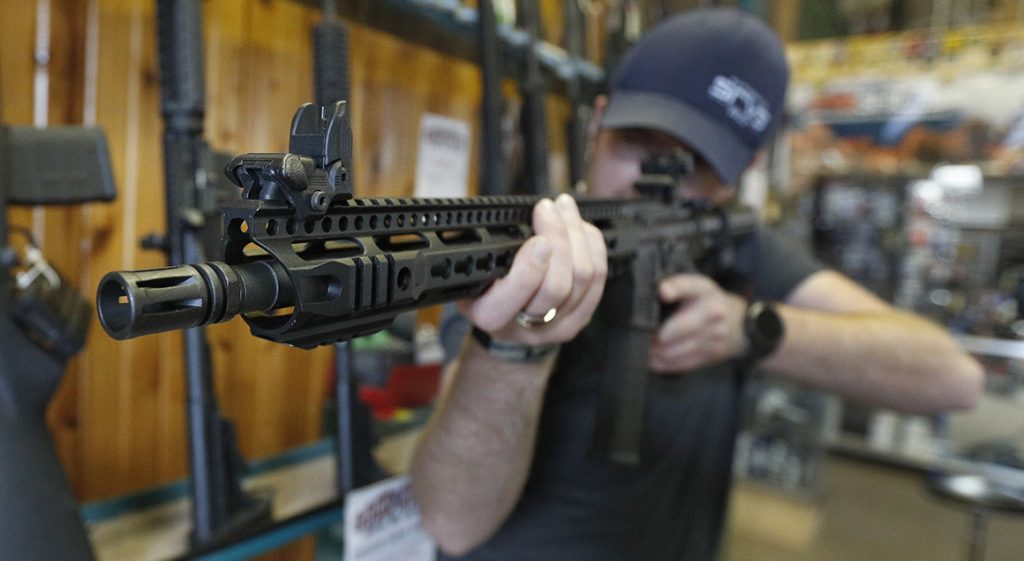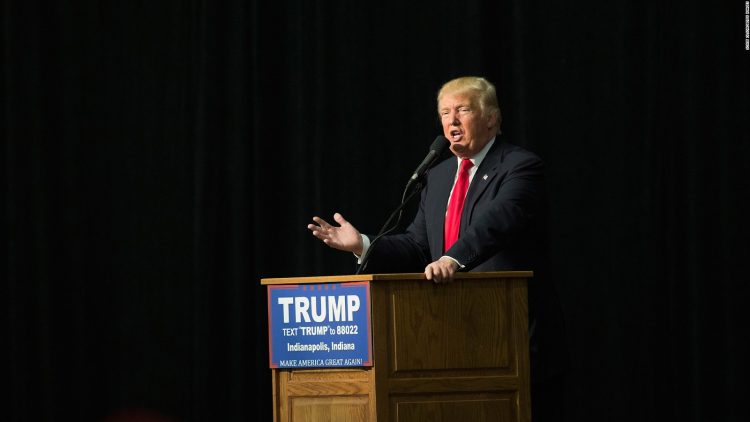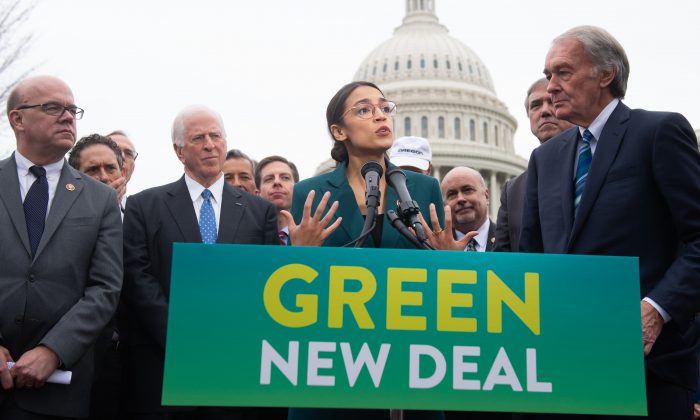By: Jay Chambers

Gun control is, without a doubt, one of the most controversial topics. And it has been for many years now. In essence, the root of this ongoing debate is based on a specific sentence present in the Second Amendment of the U.S. Constitution. We could argue that this specification in the U.S. Constitution has been a major cause of division, not only in the American society but also in regard to politics.
Basically, the debate regarding gun rights has been ongoing since the 1960s. Around that time, the issue of gun rights has emerged as an essential political issue. From that point onward, things have notably escalated, in the sense that public demonstrations have taken place, as well as Congressional standouts, and the list may go on.
According to the Second Amendment, a well-regulated Militia is the key to a free state. This grants the people the freedom to carry arms. Of course, this line has been interpreted in several ways. There are two major categories, so to speak – the category of people that consider a regulation of firearms to be necessary, and the category of people that assume this would be an infringement of their personal liberties.
How Old Is the Issue of Gun Control?
We could say that the matter of gun control is as old as the United States itself. Basically, immediately after the republic was established, black people weren’t allowed to carry guns. The same applied to Native Americans that weren’t willing to pledge loyalty to the republic. According to a 1792 law, all white men in the country were required to possess a gun and enroll in the citizen militia. It’s also worth pointing out that those guns were registered under state laws, as well.
Until the late 1800s, the prohibition against black people wearing guns continued. At the same time, new civil rights laws were introduced. Nevertheless, the very first modern gun-control laws were actually passed in the 1930s. That happened in the context of the Prohibition-era. The goal of these laws was to regulate the access of the gangsters to guns.
Furthermore, the next wave of new civil rights laws passed in the late 1960s. It’s also worth analyzing the context. Around that time, the president – John F. Kennedy – was assassinated, and so was Martin Luther King Jr. Numerous black radicals supported the rights of the African-Americans to possess and carry arms. As a result, the sale and distribution of firearms was prohibited. What is more, gun dealers and manufacturers were required to have a license, as well as monitor their sales.
In this direction, all these elements contributed to the rise of the National Rifle Association, which emerged as a political force. Obviously, the Second Amendment lied at its core. Due to the intense lobbying of gun advocates, the Firearms Owners’ Protection Act of 1986 contributed to lifting some of the previous restrictions. According to the 1986 Law, dealers had the possibility of selling rifles and shotguns through the mail. Concurrently, the sale of machine guns manufactured after the 19th of May 1986 was restricted.
What Are the Laws regarding Gun Control?
There are specific states that have enacted a given type of ban on assault weapons. On the other hand, there are states in which the laws regarding gun control aren’t that restrictive. The question that naturally rises is: could crime and violence be directly connected with a given law or not? Considering the limited scope and loopholes in most research studies, experts outline that this is difficult to confirm.
For instance, according to the Gun Control Act of 1968, the sale of firearms was prohibited to specific categories of individuals – such as people with criminal records, people aged under 18 years old, unlawful aliens, mentally disabled individuals, dishonorably discharged military personnel, and so on.
On a different note, in lines with the federal Gun-Free School Zone Act of 1990, as well as similar state laws, these were meant to maximize the safety of children at school, preventing gun violence. Nonetheless, unfortunately, schools have become soft targets in this direction, as one can clearly notice from the significant number of gun violence incidents.
There Are Two Sides of the Argument
Evidently, each category of advocates has its range of arguments. Gun-regulation advocates say that by including stricter laws concerning gun ownership, the issue of violence could be notably diminished. On the other hand, gun advocates claim that gun ownership is the key to personal safety and preventing them from owning a gun is a violation of civil rights.
Furthermore, political parties have opposing opinions concerning the issue of gun ownership, as well. The ongoing debates concerning the possible root of violence in the United States has been, to some extent, linked with the right of bearing arms, as outlined by firearm regulation supporters. At the same time, according to firearm regulation supporters, unrestricted gun rights prevent the government from responsibly handling any safety issues.
On the other hand, there is the category of gun rights supporters. People in this category think that gun ownership is a fundamental civil right. That’s because it actually aims at maximizing the safety of the individual – for example, for the subtle type of gun rights supporter, there are several guns to choose from. To that end, owning a gun facilitates the means of self-defense, contributing to safer communities. On a different note, gun rights supporters indicate that criminals usually have access to guns, regardless of what the laws in that state are.
Final Thoughts
There is no doubt that gun ownership remains a controversial topic till this very day because it talks about a significant issue: individual and national safety. In addition, due to the loopholes that exist in the many conducted studies, one cannot be 100 percent certain that the worrying crime levels are caused by one of the most controversial sentences in the Constitution – namely the Second Amendment.


















